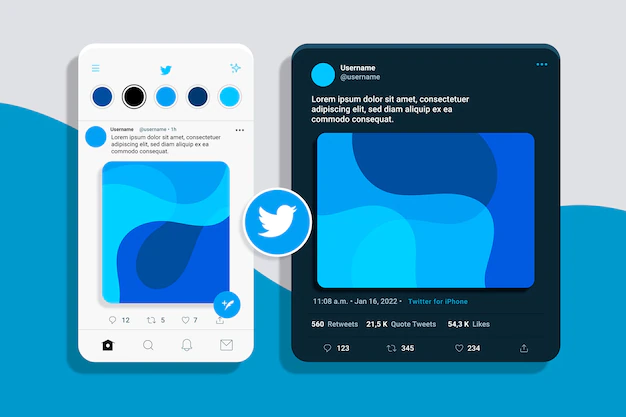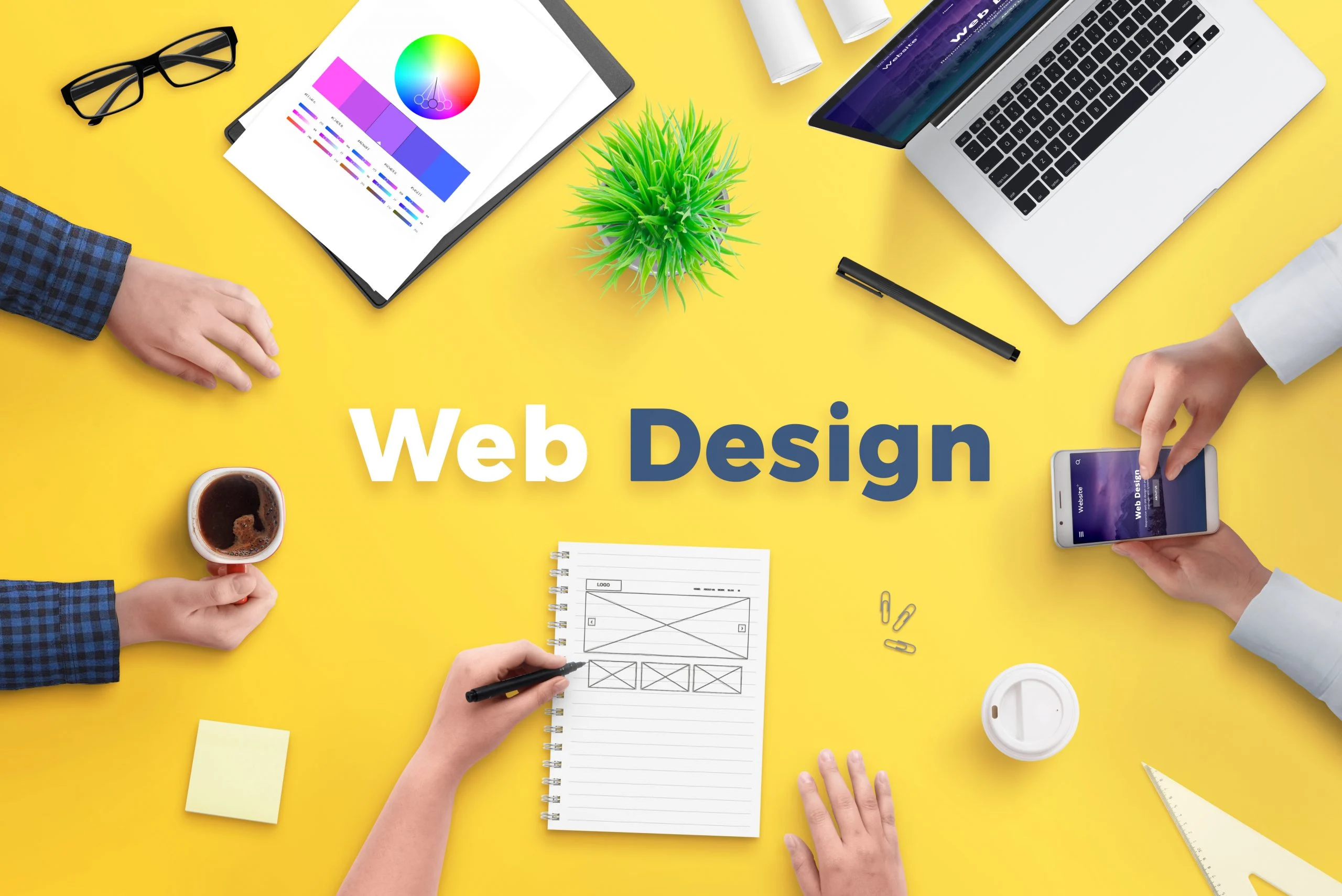As a web designer in McKinney, you know that different industries have different needs when it comes to website design. Whether you are designing a website for a restaurant, a healthcare provider, or a law firm, there are certain tips and best practices that you should follow to create a website that meets the unique needs of your client’s industry. In this blog post, we will explore some of these tips and best practices.
Understanding the Industry
The first step in designing a website for any industry is to understand that industry. Research the industry and its target audience to get a better understanding of the kind of website design that would work best. This includes things like color schemes, typography, and layout. For example, a law firm’s website may benefit from a more traditional design, while a tech startup may benefit from a more modern and minimalist design.
Creating a User-Friendly Design
Regardless of the industry, it’s important to create a user-friendly design. This means designing a website that is easy to navigate, with clear and concise content that is easy to read. Avoid cluttered designs and excessive use of images or videos that may slow down the website or distract the user from the main content.
Choosing the Right Color Scheme
Colour is an important aspect of website design that can evoke different emotions and set the tone for the website. Different industries may benefit from different colour schemes. For example, a healthcare website may benefit from a calming colour scheme that conveys a sense of trust and professionalism, while a restaurant website may benefit from a bold and vibrant colour scheme that entices the user to try the food.
Using High-Quality Images and Videos
High-quality images and videos can help to make a website more engaging and visually appealing. When designing a website for different industries, it’s important to choose images and videos that are relevant to that industry. For example, a law firm website may benefit from images of legal documents or a courtroom, while a healthcare website may benefit from images of doctors or medical equipment.
Optimizing for Mobile Devices
With more and more users accessing websites on their mobile devices, it’s important to optimize websites for mobile devices. This means designing a website that is responsive and adjusts to different screen sizes. Avoid using images or videos that may slow down the website on mobile devices, and make sure that the website is easy to navigate on a small screen.
Including Calls to Action
Calls to action (CTAs) are important for guiding users toward the desired action, whether that’s filling out a contact form or making a purchase. When designing a website for different industries, it’s important to include clear and prominent CTAs that are relevant to that industry. For example, a healthcare website may include a CTA to book an appointment, while a restaurant website may include a CTA to make a reservation.
Adding Social Proof
Social proof, such as customer reviews or testimonials, can help to build trust and credibility with website visitors. When designing a website for different industries, it’s important to include social proof that is relevant to that industry. For example, a law firm website may include testimonials from satisfied clients, while a restaurant website may include reviews from happy customers.
Following Accessibility Guidelines
Accessibility is an important aspect of website design that can ensure that all users, regardless of ability, can access and use the website. When designing a website for different industries, it’s important to follow accessibility guidelines and ensure that the website is accessible to all users. This includes things like providing alt text for images and videos, using clear and easy-to-read fonts, and ensuring that the website is navigable using only a keyboard.
Consider the Target Demographic
It’s important to consider the target demographic of the industry you are designing for when creating a website. For example, a website for a retirement community would have a very different target audience than a website for a college or university. Consider factors like age, gender, education level, and income when designing the website.
Emphasize Key Features and Services
Different industries have different key features and services that they want to highlight on their website. For example, a restaurant may want to highlight its menu and reservation system, while a healthcare provider may want to highlight their services and expertise. Make sure to emphasize these key features and services on the website in a prominent and easy-to-find location.
Keep SEO in Mind
Search engine optimization (SEO) is an important aspect of website design that can help to improve the website’s visibility and ranking in search engine results. When designing a website for different industries, it’s important to keep SEO in mind and incorporate relevant keywords and phrases throughout the website’s content.
Use Clear and Concise Content
Clear and concise content is essential for any website, but it’s especially important for websites in industries that deal with complex or technical information. Avoid using jargon or technical terms that may be unfamiliar to the website’s visitors, and use clear and concise language that is easy to understand.
Incorporate Branding Elements
Incorporating branding elements, such as logos, color schemes, and typography, can help to establish a strong brand identity for the website. Make sure to incorporate branding elements that are consistent with the industry and the client’s overall brand identity.
Test and Iterate
Testing and iterating are important parts of the website design process, regardless of the industry. Make sure to test the website on different devices and platforms, and gather feedback from users to identify areas for improvement. Use this feedback to iterate and improve the website over time.
Use High-Quality Visuals
Visuals can play a significant role in website design and can help to establish a strong visual identity for the website. Depending on the industry, different types of visuals may be more effective than others. For example, a restaurant may benefit from high-quality photos of their dishes, while a law firm may benefit from professional headshots of their attorneys. Use high-quality visuals that are relevant to the industry and the client’s brand identity.
Prioritize Mobile Optimization
With the increasing use of mobile devices, it’s essential to prioritize mobile optimization when designing a website for different industries. Make sure that the website is responsive and optimized for different screen sizes, and that the navigation and content are easy to use on mobile devices.
Collaborate with Industry Experts
Collaborating with industry experts can help to ensure that the website design is tailored to the unique needs and preferences of the industry. Consider partnering with experts in the industry, such as marketing consultants or industry associations, to gain insights and feedback that can help to inform the website design.
By incorporating these tips and best practices, you can create a website that effectively communicates the client’s brand and meets the needs of its target audience, regardless of the industry. Remember to stay flexible and open to feedback throughout the design process, and continue to iterate and improve the website over time.









